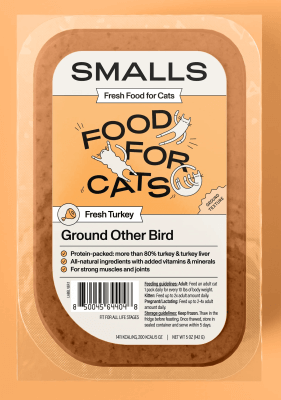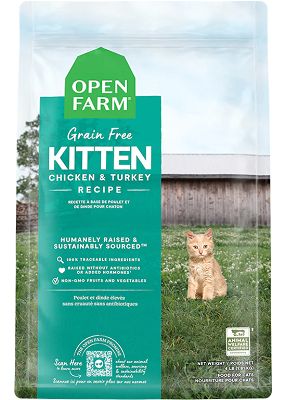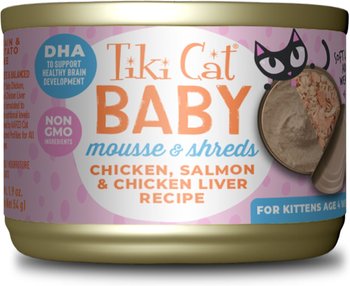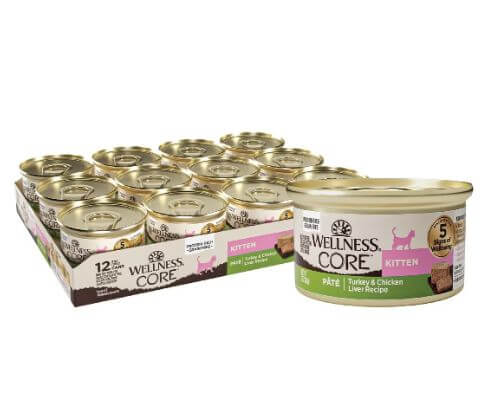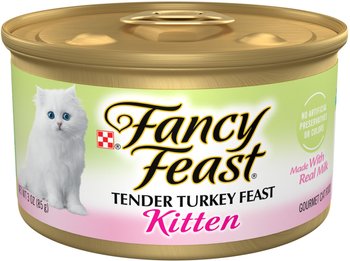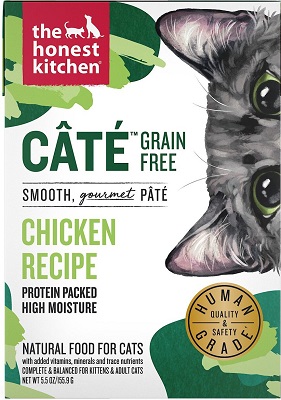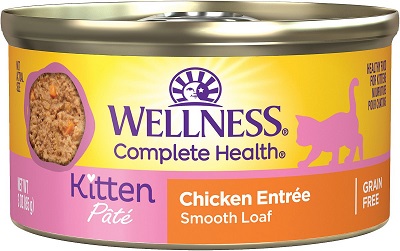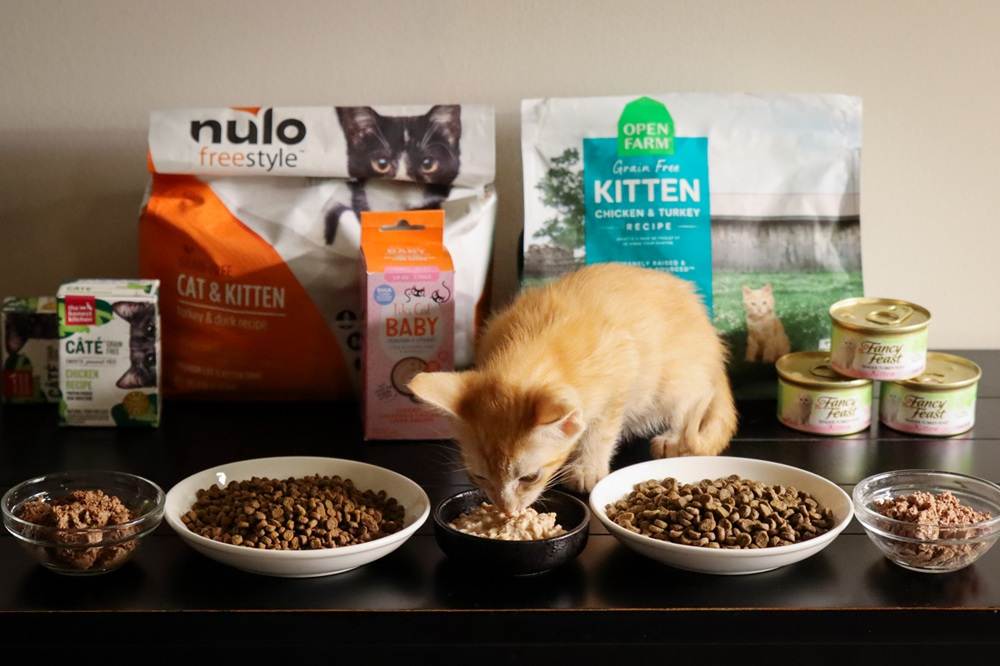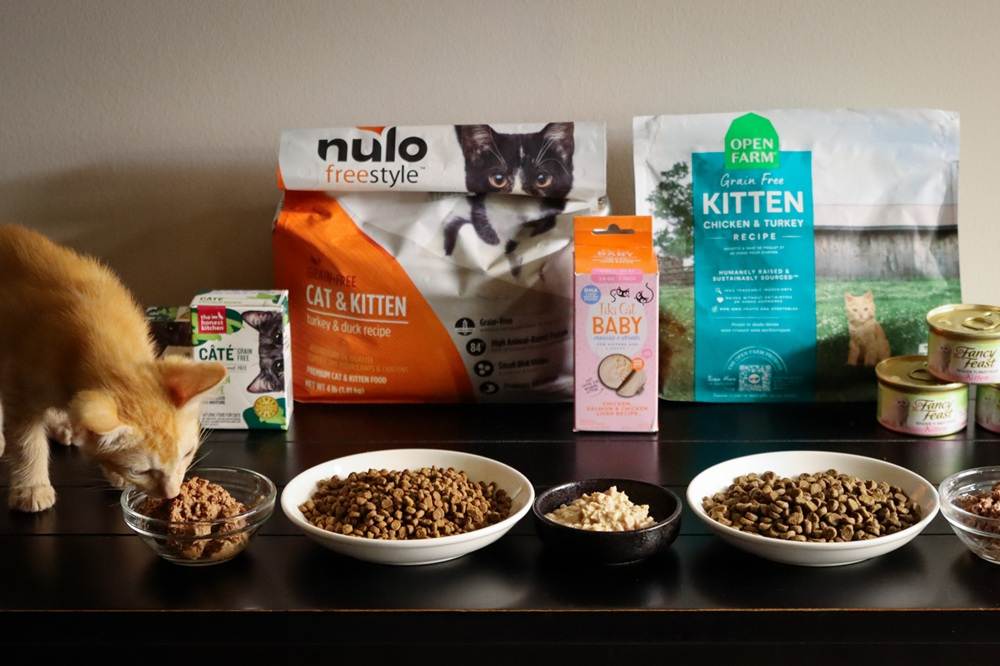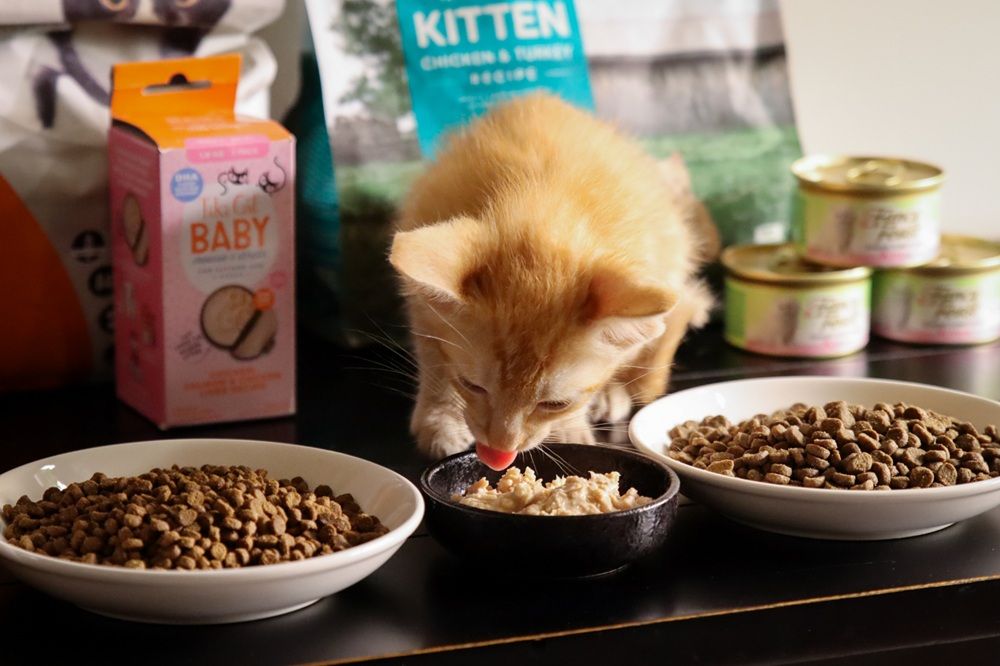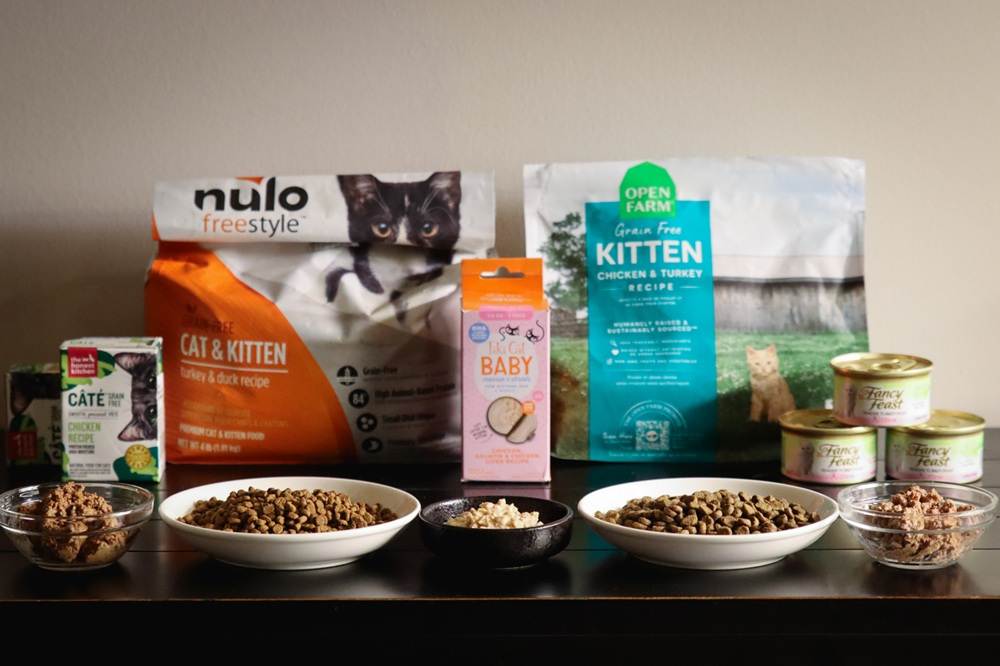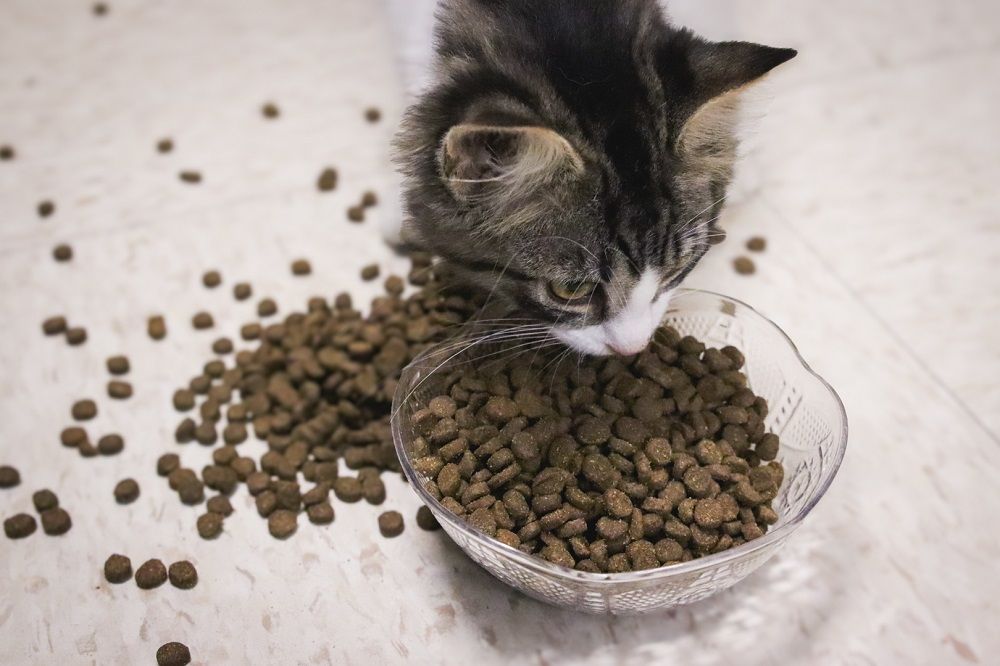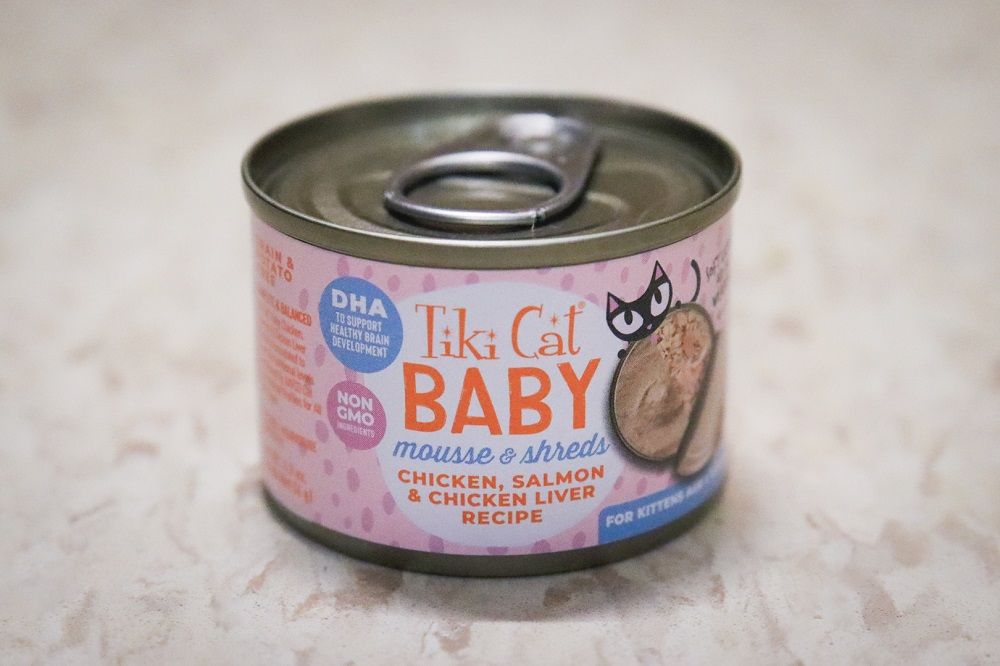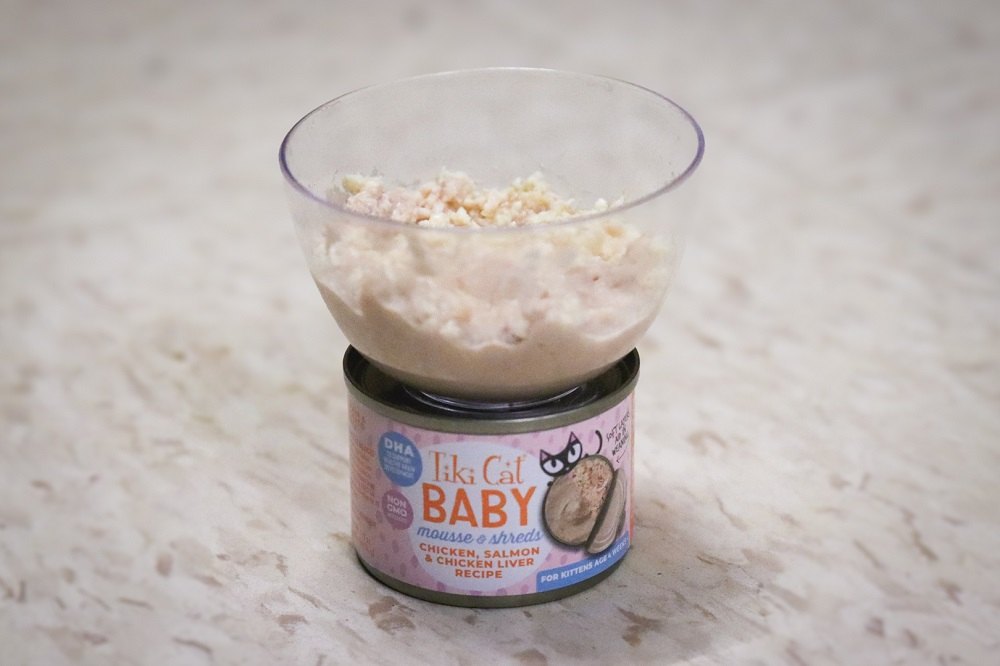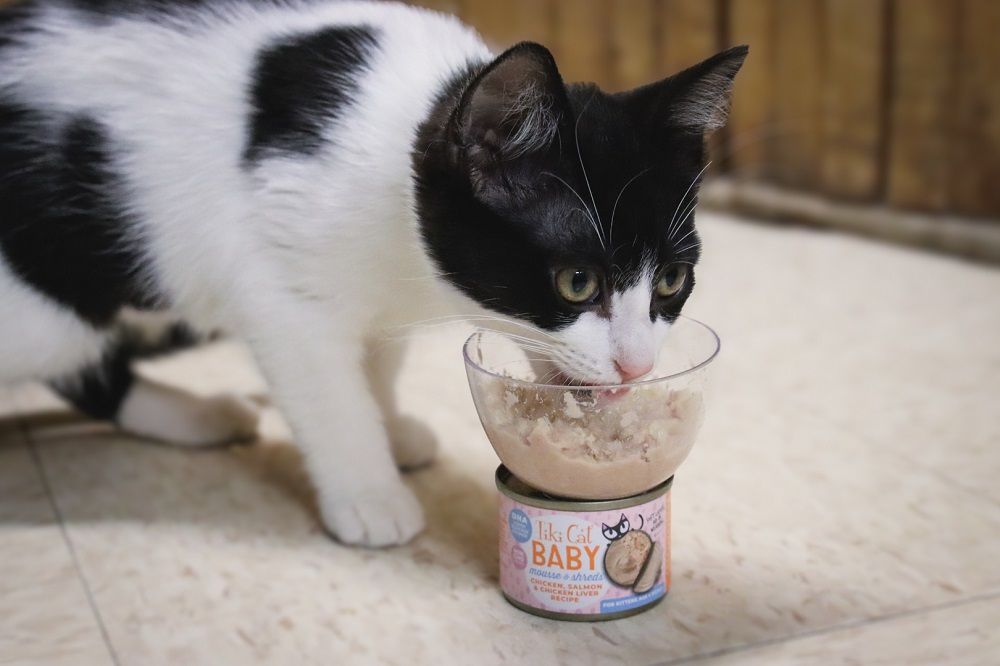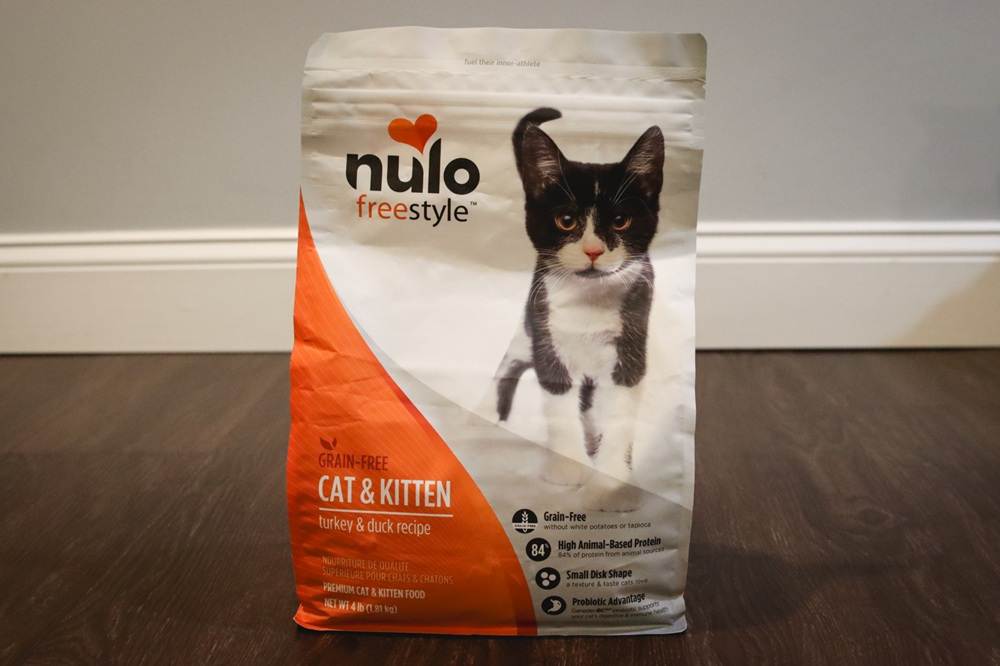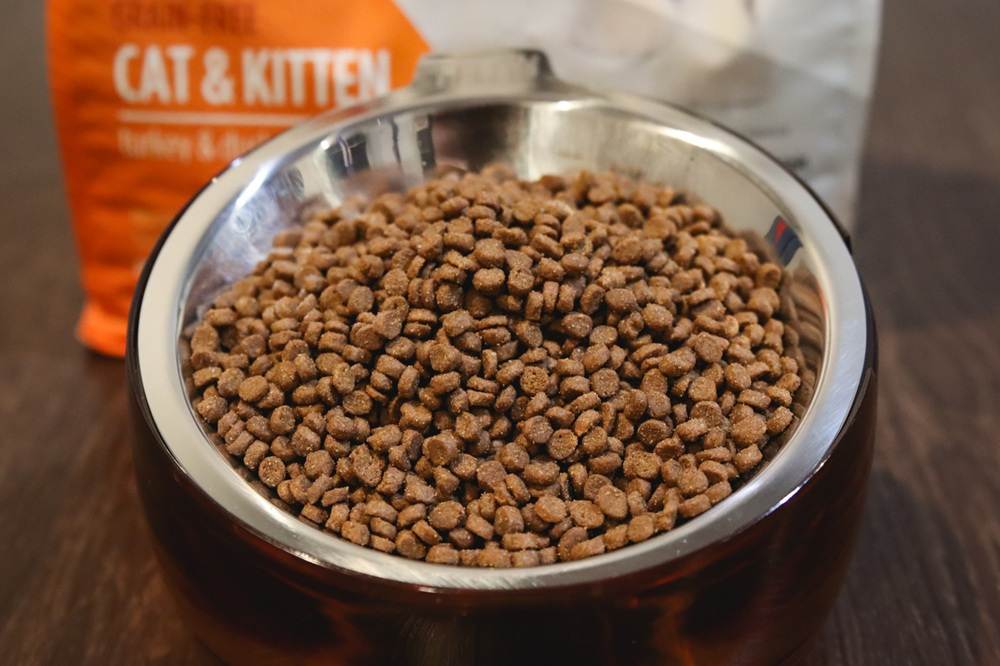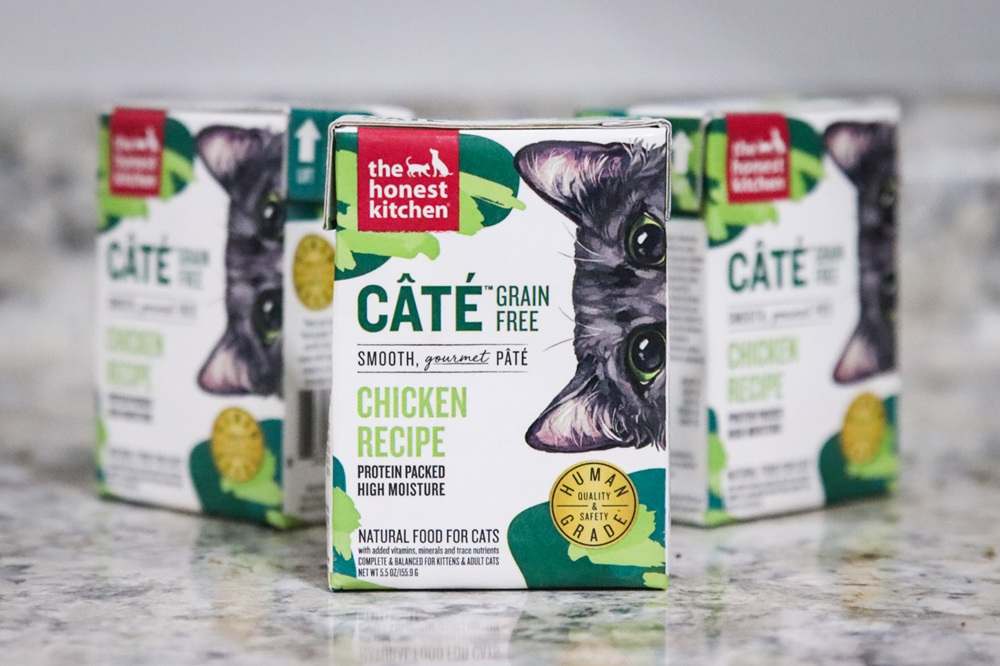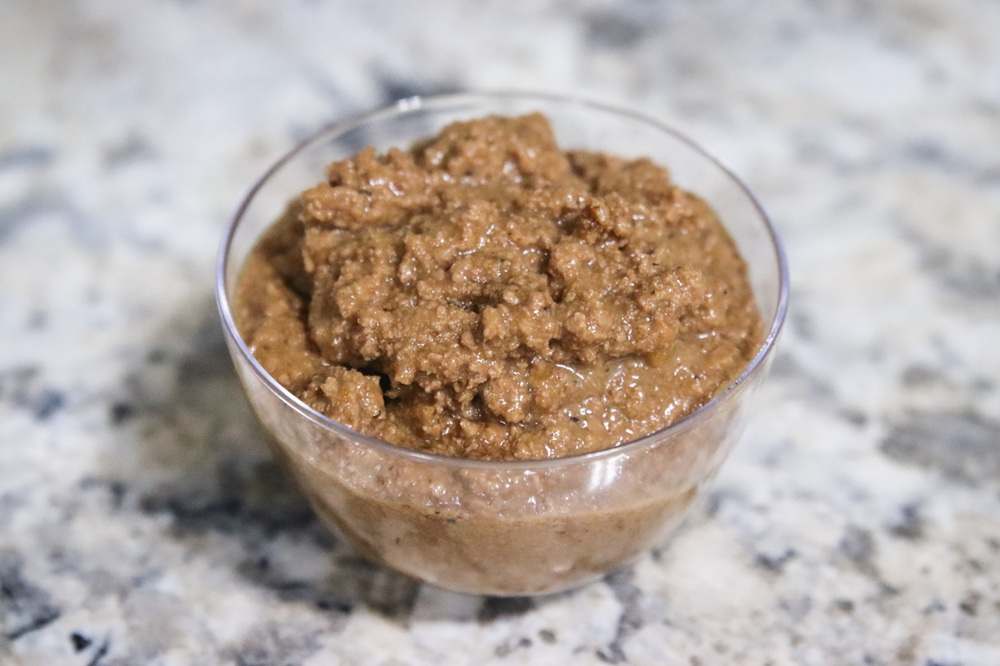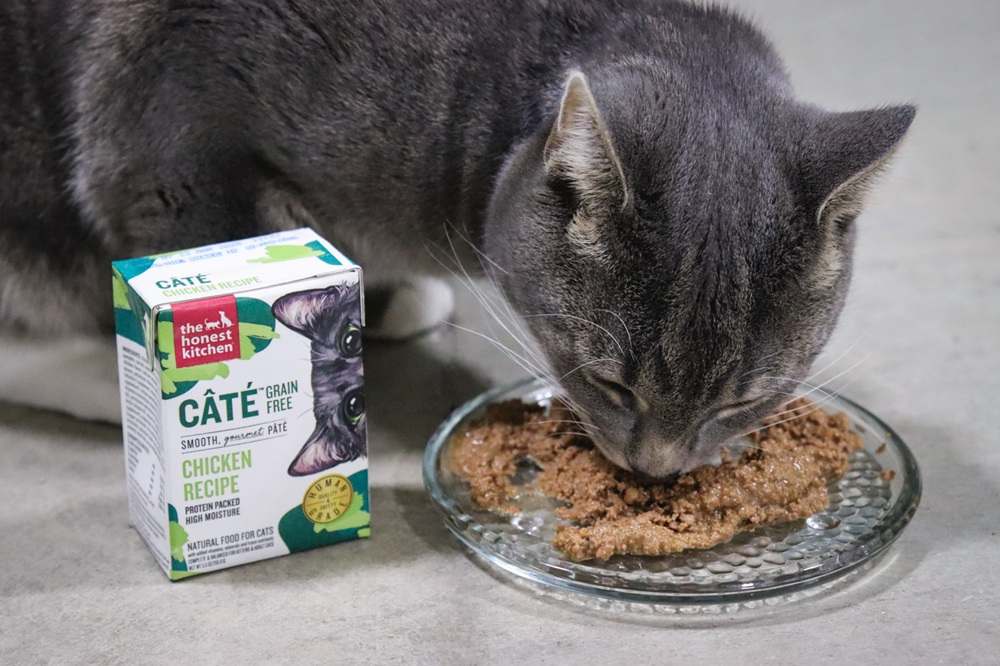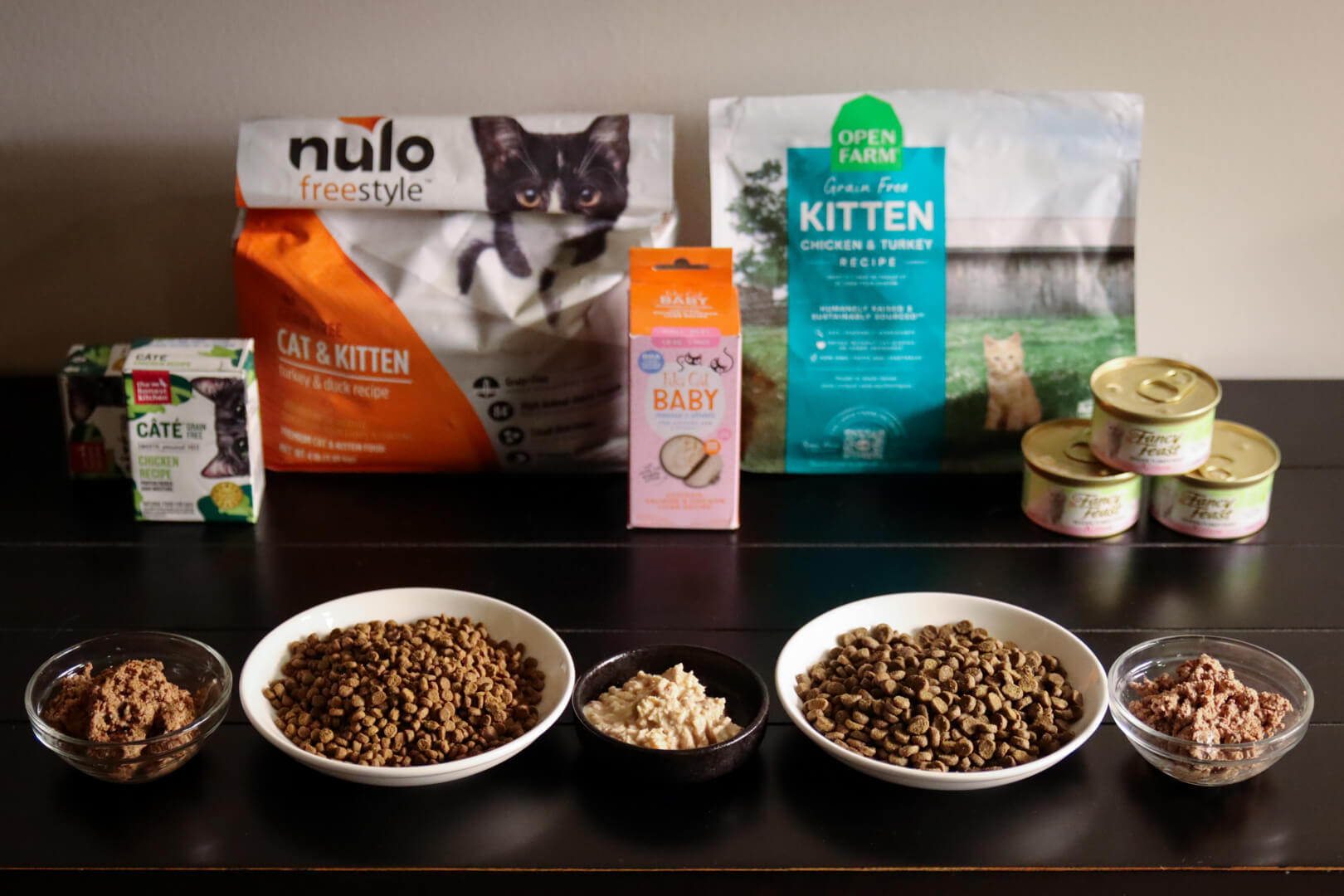
Kirsten McCarthy / Cats.com
Just like your kitten, the best kitten food packs plenty of energy in a small package. It’s calorie-dense, rich in protein, and loaded with omega-3s to support brain and eye development. But not every food marketed for kittens is worthy of your baby’s bowl.
Our top recommendation is Smalls Ground Other Bird Fresh Cat Food. This fresh food has everything your kitten needs without excessive carbs, colors, and other additives. It receives positive customer reviews and comes from an innovative company.
Keep reading to learn more about your kitten’s nutritional requirements and how we chose the best kitten foods on the market.
At a Glance: Best Kitten Foods of 2025




In the comparison table below, we’ve highlighted some of the most important features of each product. You’ll find more detailed information about each product later in the article.

Smalls Ground Other Bird Fresh Cat Food
- Single source of high-quality animal protein
- Rich in moisture to support your kitten’s hydration
- Good source of omega-3 fatty acids
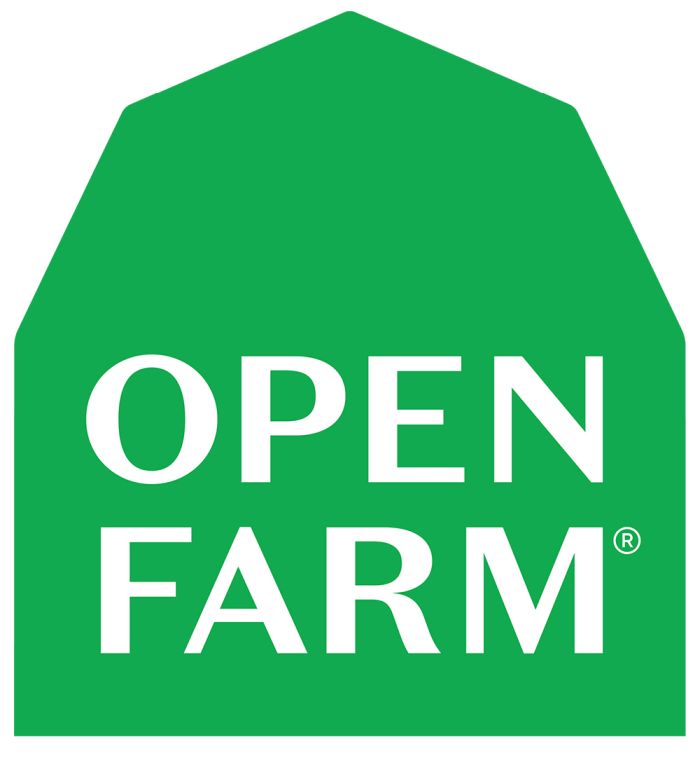
Open Farm Kitten Grain-Free Dry Cat Food
- First four ingredients are animal-based proteins
- Contains salmon oil as an animal source of DHA
- Made with humanely raised, ethically sourced ingredients
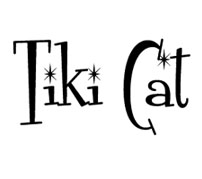
Tiki Cat Baby Chicken, Salmon, & Chicken Liver Recipe Wet Cat Food
- Easy-to-chew combination of shreds and mousse
- Rich in animal-sourced protein
- Enriched with DHA for brain development
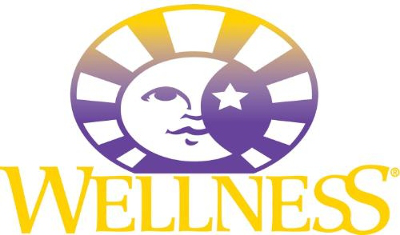
Wellness CORE Kitten Turkey & Chicken Liver Pâté
- One of the most protein-packed kitten foods on the market
- Ultra-soft pate texture is easy for kittens to eat
- Calorie-dense recipe to fuel growth and development
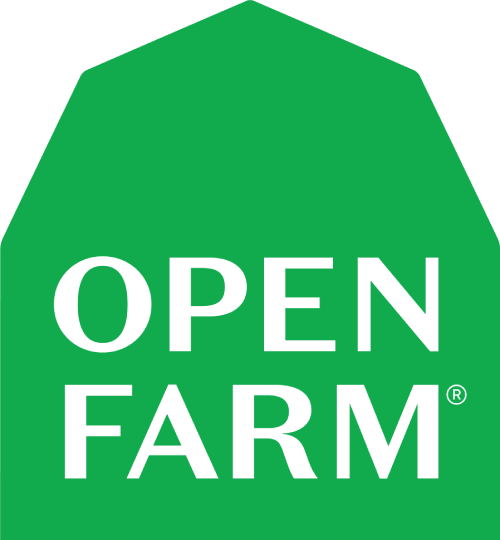
Open Farm Pasture-Raised Lamb Dry Cat Food
- Relies primarily on animal-sourced protein
- Rich in omega-3 fatty acids
- Truly human-grade and sustainably sourced

Fancy Feast Kitten Tender Turkey Feast Canned Cat Food
- Features high-quality animal protein as the main ingredient
- Hydrating canned food with a strong reputation for palatability
- One of the most affordable options for kitten food

Nulo Freestyle Turkey & Duck Recipe Cat & Kitten Grain-Free Dry Cat Food
- Rich in animal-sourced protein
- Good source of omega-3 fatty acids
- Disc-shaped kibbles are easy for kittens to eat
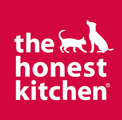
The Honest Kitchen Grain-Free Chicken Câté Wet Cat Food
- Chicken as a single source of high-quality animal protein
- Free of artificial colors, flavors, and preservatives
- Rich in moisture to support your kitten’s hydration

Wellness Complete Health Kitten Chicken Entree Pâté Canned Cat Food
- Made primarily with animal-based protein sources
- Contains menhaden fish oil for DHA
- Highly palatable and hydrating canned food
Why Trust Cats.com
Before selecting products for testing, I performed in-depth research to identify kittens’ core nutritional needs and determine what makes kitten food different from food for adult cats. After reading hundreds of customer reviews and speaking with market insiders, I selected products for hands-on testing.
All products on this list were purchased at full retail price and tested with the help of my two cats, Wessie and Forest. While they provided their opinions on how the food tasted as well as its general appeal, I made observations on things like texture, consistency, appearance, aroma, and packing.
Throughout the research and testing process, I also consulted veterinary experts to get their opinions on what makes a great kitten food.
Our Veterinary Advisors
- Dr. Sarah Wooten, DVM, CVJ
- Dr. Chris Vanderhoof, DVM, MPH
- Dr. Sarah Reidenbach, DVM
- Dr. Chyrle Bonk, DVM
- Dr. Jamie Whittenburg, DVM
- Dr. Albert Ahn, DVM
- Dr. Elizabeth Youens, DVM
Top Picks Explained
While our top recommendations have recently been updated, we still love the kitten foods Mallory mentions in this video.
The Best Healthy Kitten Food Reviewed: Our Top 9 Recommendations
Your growing kitten needs a protein-packed diet that supplies the energy and nutrients they need to support healthy development. Our top pick is Smalls Ground Other Bird Fresh Cat Food. It’s a meat-based formula packed with animal-based ingredients, including turkey, chicken liver, chicken meat, and chicken meal. However, it may not be the ideal choice for your unique kitten.
We’ve assembled a list of recommendations categorized by food type, price, and age range to help you find the perfect fit. Our rankings are determined by an array of factors but it’s ultimately your kitten’s opinion that matters.
Best Kitten Food: Comparison Table
| Product Name | Smalls Ground Other Bird Fresh Cat Food | Open Farm Kitten Grain-Free Dry Cat Food | Tiki Cat Baby Chicken, Salmon, & Chicken Liver Recipe Wet Cat Food | Wellness CORE Kitten Turkey & Chicken Liver Pâté | Open Farm Pasture-Raised Lamb Dry Cat Food | Fancy Feast Kitten Tender Turkey Feast Canned Cat Food | Nulo Freestyle Turkey & Duck Recipe Cat & Kitten Grain-Free Dry Cat Food | The Honest Kitchen Grain-Free Chicken Câté Wet Cat Food |
Wellness Complete Health Kitten Chicken Entree Pâté Canned Cat Food
|
| Primary Protein | Turkey | Chicken | Chicken | Turkey | Lamb | Turkey | Turkey | Chicken | Chicken |
| Guaranteed Protein | 14.50% | 40.50% | 15.00% | 12% | 37.00% | 11.00% | 40% | 10% | 11.00% |
| Ash | 2.29 | 10.79 | 2 | 2.51 | 10.5 | 3.5 | 9 | N/A | 2.51 |
| Calcium | 0.49 | 2.3 | 0.33 | 1.28 | 2.5 | 0.3 | 2.08 | 0.36 | 1.28 |
| Phosphorus | 0.37 | 1.6 | 0.29 | 1.06 | 1.7 | 0.45 | 1.34 | 0.3 | 1.06 |
| Calories Per Ounce | 40 | 120 | 35 | 36 | 108 | 32 | 106 | 31 | 35 |
| Cost Per Day | $2.75 per day | $0.77 per day | $5.80 per day | $3.6 per day | $0.73 per day | $1.86 per day | $0.56 per day | $3.92 per day |
$2.75 per day
|
*Cost per day is calculated using the food’s average cost per ounce and the daily caloric requirement for a healthy adult cat (about 200 calories).
What To Look for When Shopping for Kitten Food
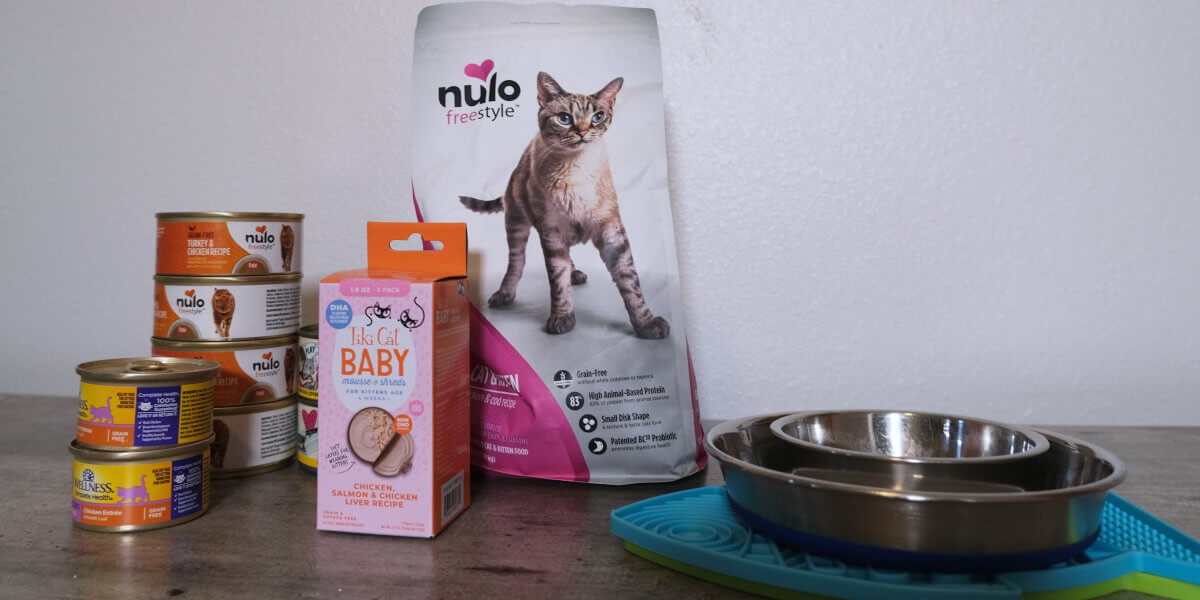
Mallory Crusta / Cats.com
According to Emma Passman, a commercial pet nutritionist based in the United Kingdom, “Ensure the food is rich in animal-based proteins and fats. Kittens require high-quality animal protein for proper muscle, bone, and organ development.”
Passman also recommends looking for a balanced formula containing taurine, DHA, calcium, and phosphorus to support brain development, vision, and strong bones.
Here are a few additional qualities to look for when shopping for kitten food:
Concentrated Source of Protein
Cats of all ages need a lot of protein. Compared to middle-aged adults, however, kittens are more sensitive to both the quantity and quality of that protein. While adult cats need at least 6.5 grams of protein per 100 calories according to the AAFCO’s nutrient profiles, kittens need 7.5 grams or more.
Rich in Calories
Kittens need more calories per pound of body weight than the average adult cat to support their rapid growth. A calorie-dense diet for kittens should contain a balance of protein and fat to ensure that most of their growth goes into healthy muscle.
Emma Passman stated that, “Kittens need more calories for energy, so choose food with higher calorific density to meet their growth needs.” Passman also added that, “Kittens thrive on low-carbohydrate diets, so aim for foods with minimal fillers and grains.”
Species-Appropriate Formulation
As obligate carnivores, kittens require the amino acids found in animal tissue. Animal-sourced protein provides all the amino acids cats and kittens need to thrive while plant-based proteins only contain some of the essential amino acids.
An ideal diet for cats and kittens is primarily animal-based with minimal carbohydrate content. It’s also rich in moisture which supports healthy digestion as well as your kitten’s hydration. Canned, wet, and other moisture-rich foods help prevent urinary tract issues and promote good overall health.
As noted by Nutritionist Emma Passman, “Proper species-specific nutrition helps reduce the risk of obesity, diabetes, and other health problems later in life, setting your kitten up for a healthier future.”
Free From Potentially Harmful Ingredients
Artificial flavors, coloring agents, and synthetic preservatives have no place in your kitten’s diet. They don’t add to your kitten’s nutrition and they have the potential to contribute to negative health effects which could carry through the rest of your kitten’s life.
Easy To Chew
When they’re very young and still have baby teeth, your kitten will likely find it easiest to eat soft, wet food. This could be a cooked homemade, fresh, or canned food.
Another point Passman makes is that a cat’s diet plays a crucial role in maintaining dental health, as what they eat directly affects their teeth and gums. Poor dietary choices can contribute to plaque buildup, gum disease, and tooth decay, leading to painful conditions and potential long-term health issues.
Dry food may help by mechanically scraping the teeth, slowing the formation of plaque and tartar. However, many cats benefit from specially formulated dental diets or treats designed to promote oral hygiene. These can include fibre-rich or texture-enhanced foods that help clean teeth while chewing.
A balanced diet also supports overall oral health by providing essential nutrients like vitamins and minerals that strengthen gums and teeth. Low-carbohydrate, high-protein diets reduce sugar levels, helping prevent bacteria buildup that can lead to periodontal disease.
Relevant Articles:
- How to Take Care of a Kitten: The Complete Guide
- How to Kitten-Proof Your Home: 6 Essential Tips
- What to Know When Fostering Kittens: 6 Essential Tips
Frequently Asked Questions
When Should You Start Feeding Kitten Food?
Kittens start transitioning off of their mother’s milk and onto solid food at around four weeks of age. The weaning process is both voluntary and forced. Kittens might get curious about sharing their mother’s food and when they go back to suckle, she’ll begin to push them away.
It’s a gradual process that usually takes a few weeks. By the time kittens are seven weeks old, they should be fully weaned and eating a solid food diet.
How Often Should You Feed Your Kitten?
Kittens are happiest and healthiest when served three or four small meals each day.
Is It Okay to Feed Your Kitten A Variety of Foods or Should They Stick to One Food Only?
To ensure that your cat doesn’t become finicky, it’s a good idea to introduce varied textures and flavors during kittenhood.
Some people, including veterinarians, believe in feeding one food for the entirety of a cat’s life. Not only does relying exclusively on a single protein source set your cat up for food intolerances later in life, but a limited diet also tells your cat that it’s okay to be finicky.
If you allow your kitten to eat nothing but chicken-based pâté for the first 12 months of their life, they’ll likely be reluctant to try new foods when they’re 12 years old.
When Should You Stop Feeding Kitten Food?
When we talked to Dr. Sarah Reidenbach, DVM about this, she shared that she typically recommends that cats switch to an adult diet at 1 year of age, but this varies depending on when the cat reaches physical maturity. Around that time, you can gradually switch your cat off of their kitten food and onto a diet formulated for adult cats. Your veterinarian can advise you on when to transition from kitten food to adult food.
Can Adult Cats Eat Kitten Food?
Adult cats can eat kitten food, but it’s not necessarily a good long-term choice. Compared to products intended for adult cats, kitten food may have more calcium, phosphorus, magnesium, and other micronutrients that support skeletal development. For an adult cat, those minerals may be excessive.
Remember that kitten food is packed with calories to fuel babyhood growth. For this reason, it may be a good choice if you need to help your adult cat gain weight. If your cat isn’t underweight, however, eating kitten food could lead to obesity.
